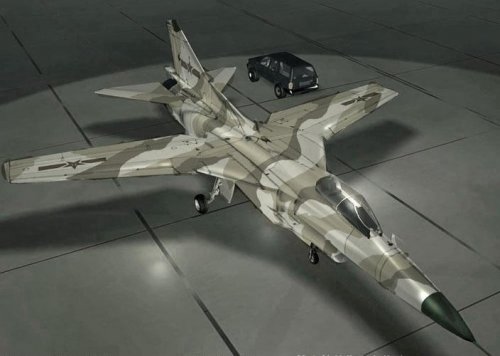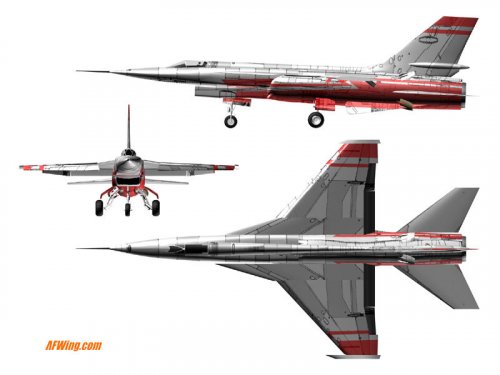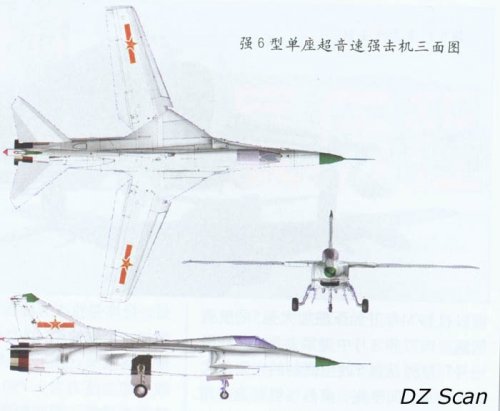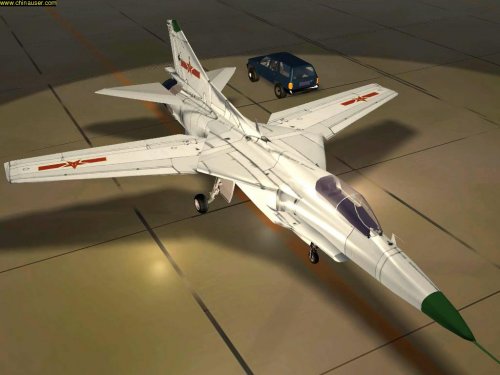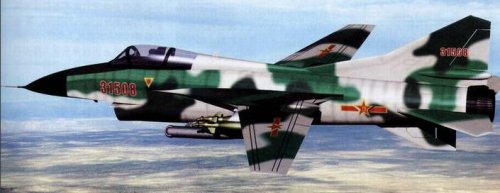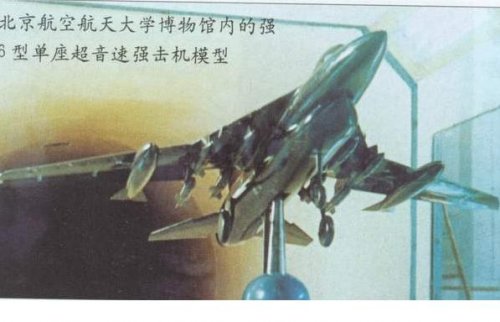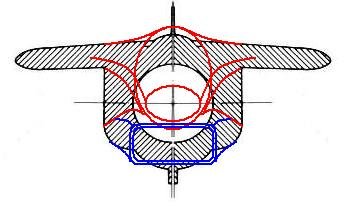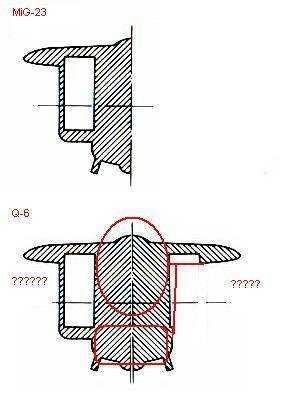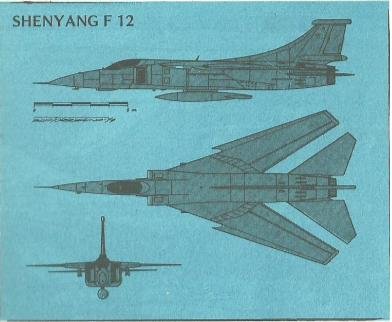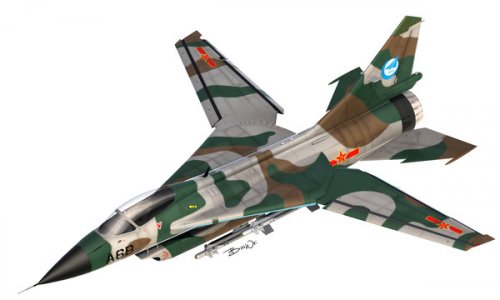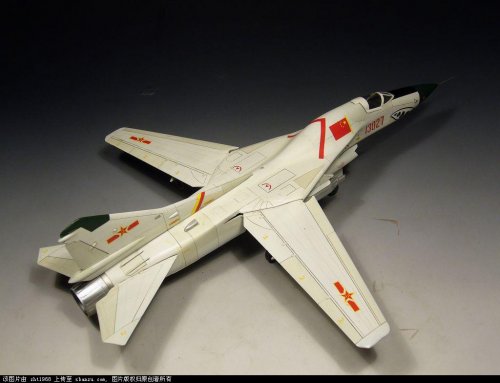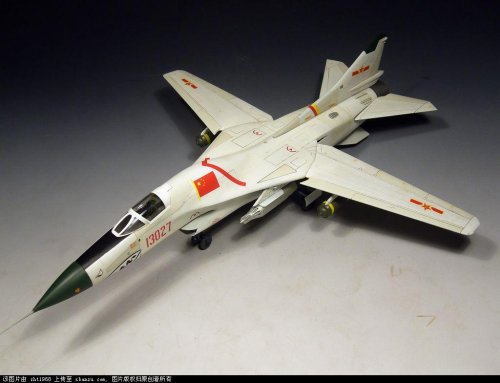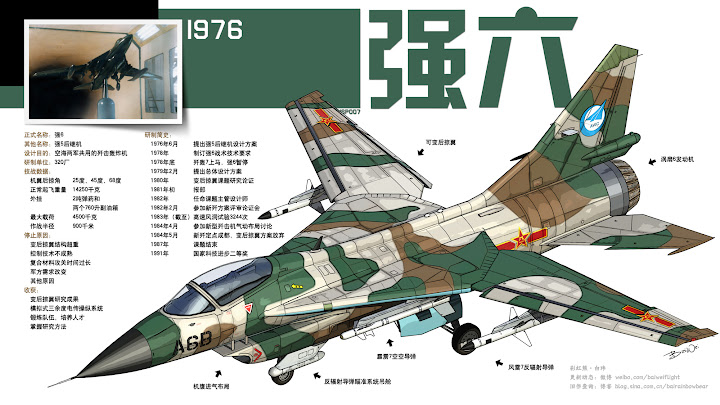Ok, the history of the Q-6 began together with the later JH-7 after the PLAN’s conflict with the former South Vietnamese Navy in 1970 around the Xisha Island, where both the PLAN and the PLAAF felt that they lacked an advanced close air support aircraft, which was better equipped than the Q-5, has a longer range and was useful under all weather at day and night.
As a result the Central Military Commission (CMC) decided, that multirole model for the PLAAF and the PLA-NA should be developed and produced for both services. In 1976 a ‘Request for Proposal’ was sent out to all China’s major aircraft manufacturers, of which Shenyang, Xian and Nanchang gave quite different proposals.
Nanchang Aircraft Manufacturing Factory responded with this Q-6 proposal whilst Xian Aircraft Manufacturing Factory with concepts which later led to the JH-7, followed by Shenyang Aircraft Manufacturing Factory with a ground attack variant of their J-8 (which was later rejected and developed into the J-8B).
Nanchang and Xian then began their respective research and development on their aircraft, which were quite different in layout and main focus of mission.
As China’s only aircraft manufacturer with experience in manufacturing strike and ground attack fighters under the leadership of its chief designer Lu Xiaobing the Chief Designer of the Q-5 work began on the Q-6 with a design study using the aerodynamics and structure of Mikoyan MiG-23 “borrowed” from a MiG-23 which China had acquired during the mid 1970s from Egypt. For refining the design and specifications Lu Xiaobing made numerous visits to the officers of the PLANAF and PLAAF and in February 1979 the finalized design was submitted to the CMC.
The approach from Xian was quite different … but that’s another story !
During its development the Nanchang design team of the Q-6 encountered insurmountable problems with its variable-geometry (VG) wing mechanism. For the Chinese engineers it was impossible to “copy” the original Soviet design, which was at least overweight by 12% and so reducing the aircraft’s payload, range and its combat radius. Also the prototype WS-6 turbofan intended for the Q-6 was not completed in time and tooled up ready for full-scale production. All this led to a complete redesign, which could not be addressed by the Q-6 as it was planed to enter service in its original form. As a result the PLA-NA and the PLAAF turned their attention to the competing design from Xian which later became the JH-7.
It seems that Nanchang tried to propose another new indigenous design, also powered by a single WS-6 turbofan and fitted with a shoulder variable-geometry wing, a chin air intake as shown by the wind tunnel model but again the project was abandoned in the end.
Below attached are a three side drawing of that bird, a better scan of that CG and the wind-tunnel model of the second Q-6 design.
Cheers, Deino


